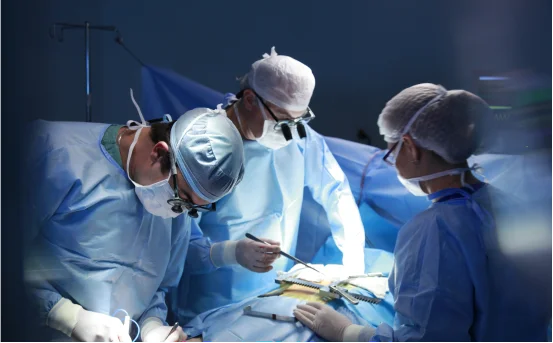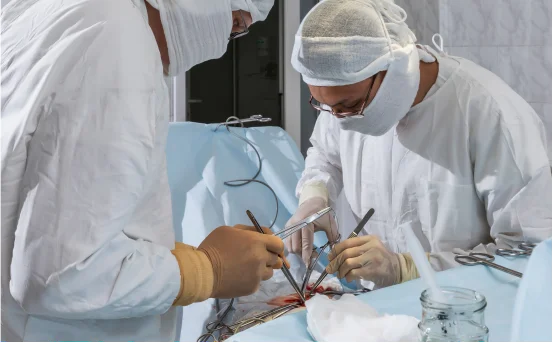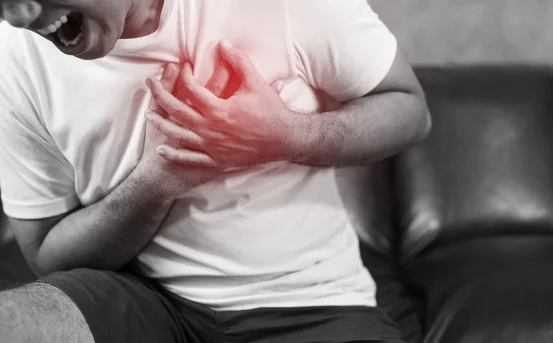When a person experiences a heart attack, every second matters. Primary angioplasty, also known as primary percutaneous coronary intervention (PCI), is a life-saving procedure performed in emergency settings to quickly restore blood flow to the heart. It is considered the gold standard treatment for ST-elevation myocardial infarction (STEMI), a severe form of heart attack caused by a complete blockage of a coronary artery.
Unlike routine angioplasty, which may be planned in advance, primary angioplasty is done immediately during or right after a heart attack. The goal is simple but critical: to reopen the blocked artery as quickly as possible and minimize heart damage. There are different types of techniques used during primary angioplasty depending on the patient’s condition, the location of the blockage, and the complexity of the arteries involved.
Types of Primary Angioplasty
- Balloon Angioplasty
Balloon angioplasty is often the initial technique used in primary angioplasty. During this procedure, a small balloon attached to the tip of a catheter is inserted into the blocked artery. Once positioned correctly, the balloon is inflated to compress the plaque against the artery walls and reopen the vessel.
Balloon angioplasty is sometimes used alone, but in most cases, it is followed by stent placement. In emergency cases, this technique helps quickly restore blood flow and reduce damage to the heart muscle. However, balloon angioplasty alone may not always be enough to keep the artery open long-term, which is why stents are commonly used as a follow-up.
- Stent Placement (Coronary Stenting)
Stent placement is the most common and effective method used in primary angioplasty. A stent is a tiny mesh tube that is inserted into the artery to keep it open after the blockage is cleared. The stent is mounted on a balloon catheter, and once the balloon is inflated, the stent expands and stays in place to maintain proper blood flow.
There are two main types of stents used:
- Bare-metal stents (BMS) :- These are simple metal mesh tubes that support the artery but may increase the risk of restenosis (re-narrowing).
- Drug-eluting stents (DES) :- These are coated with medication that helps prevent the artery from becoming blocked again.
Drug-eluting stents are now more commonly used due to their long-term benefits and lower chances of restenosis.
- Thrombectomy-Assisted Angioplasty
In some emergency cases, a heart attack is caused by a large blood clot completely blocking the artery. In such situations, a manual or mechanical thrombectomy may be performed along with primary angioplasty.
Thrombectomy involves removing the blood clot using a suction device or specialized catheter before balloon dilation or stent placement. This technique is particularly useful when the clot burden is high and may interfere with the angioplasty results. Though not needed in every case, thrombectomy can improve outcomes when used selectively.
- Rotational Atherectomy (Rotablation)
When the blockage involves hard, calcified plaque, it may be difficult to treat using standard balloon angioplasty. In such cases, rotational atherectomy or rotablation may be performed. This technique involves a tiny rotating burr that grinds away tough plaque, making it easier to place a balloon or stent afterward.
Rotational atherectomy is not commonly used in all primary angioplasty cases but can be life-saving for patients with heavily calcified arteries where regular methods fail. It requires experienced interventional cardiologists and specialized equipment.
- Cutting or Scoring Balloon Angioplasty
For certain types of blockages, especially those that are fibrotic or resistant, cutting balloons or scoring balloons are used. These are specially designed balloons with small blades or scoring elements that make tiny incisions in the plaque as the balloon is inflated. This helps the artery open more easily and reduces the risk of elastic recoil.
Cutting balloon angioplasty may be used in combination with stenting, especially in lesions that are difficult to dilate using conventional balloons.
Conclusion
Primary angioplasty is a powerful, often life-saving procedure used during acute heart attacks to restore blood flow and minimize damage to the heart. While the basic goal remains the same,to open the blocked artery as quickly as possible,the technique used may vary depending on the nature of the blockage and the patient’s specific condition.
Whether it involves simple balloon angioplasty, drug-eluting stents, thrombectomy, or advanced tools like rotational atherectomy, the choice of treatment is guided by experienced cardiologists to achieve the best possible outcome. Timely diagnosis, quick transport to a cardiac care center, and skilled hands can make all the difference when every heartbeat counts.























